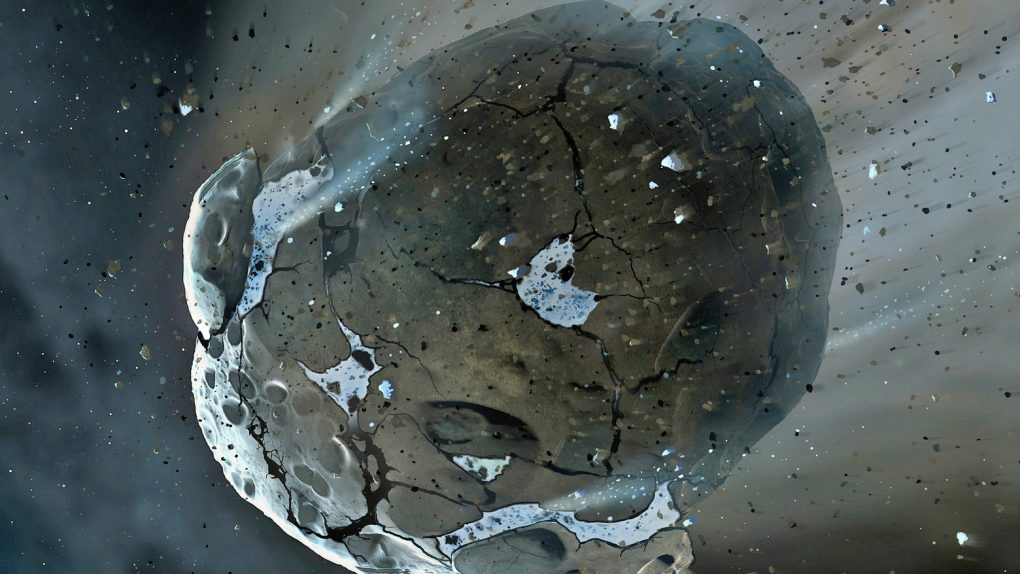When it comes to near-earth objects that might pose a threat, NASA is very much on top of things. That said, the sheer vastness of the sky means that some things will inevitably be missed, as is the case with the just-discovered asteroid named 2017 YZ4. The speedy space rock is hurtling in Earth’s general direction, and will slip by our planet today at a distance that is closer than that of the moon, which is a very close shave.
2017 VZ4 isn’t a particularly large object, only measuring between 23 and 49 feet, but its close approach is enough to give scientists plenty of reasons to keep an eye on it. Most objects that pass within such a distance are considered “potentially hazardous” based on their size and speed. This particular visitor will make its pass at around 10:56 am EST.
“This is the first known asteroid to fly by Earth within one lunar distance since two such asteroids flew past us on November 21, and the 52nd this year,” a NASA representative explained to The Express. “As of December 24, there are 17,495 known Near-Earth Objects (NEOs) around our planet; 17,389 are asteroids.”
When it makes its closest approach to Earth, 2017 YZ4 will be traveling at a speed of around 21,000 miles per hour. That’s pretty speedy, but the object’s modest size means that even if it were to collide with us it wouldn’t exactly be a “planet killer.” Still, an asteroid strike of that size on a heavily populated would most certainly be devastating.
Near-Earth asteroids that are particularly small and speedy often go undetected by scientific instruments simply because we don’t yet have the power to spot them before they get up close and personal. That might be unsettling news, but take comfort in the fact that any space rocks that would pose a threat to humanity as a whole would likely be spotted well in advance of a catastrophic event.








